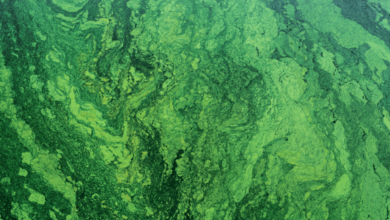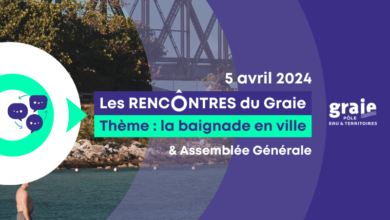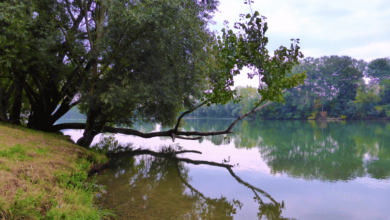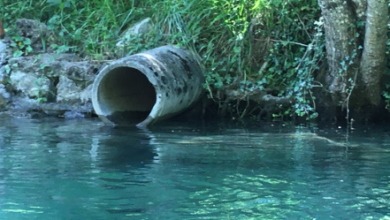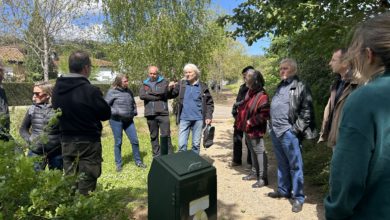Accueil

L’eau est au cœur des grands défis à relever face au changement climatique. Le Graie, pôle Eau et Territoires, réunit tous les professionnels de l’eau : collectivités locales, exploitants privés, bureaux d’études, aménageurs de la ville et scientifiques. Pour faire progresser la connaissance et bâtir des territoires eau-responsables.
We’ve thoroughly reviewed Playamo Casino – slots-online-canada.ca/review/playamo-casino/ and gave it a Low Safety Index. This means we don’t consider this casino to be a good option for most players.Agenda
Agenda complet

DÉCOUVREZ LA COMMUNAUTÉ DES ACTEURS DE L’EAU !
Avec le Graie, vous bénéficiez de connaissances scientifiques pointues, de retours d’expériences, d’éclairages sur la réglementation, les solutions techniques… et vous dialoguez avec tous les acteurs de l’eau. Pour développer des approches nouvelles, transversales et vertueuses de la gestion de l’eau.
À découvrir
Trois grands domaines d’expertise
particulièrement stratégiques pour accélérer les politiques de transition pours l’eau et les milieux.
Le Graie en chiffres

300
adhérents réunis au sein de l’association

5
groupes de travail et d’échange

100
rencontres organisées chaque année

250
scientifiques

6
dispositifs de recherche

2 500
participants
Rejoignez-nous

Vous souhaitez intégrer nos réseaux d’échanges, régionaux et nationaux, partager les résultats de recherche de pointe, accéder à un centre de ressources riche et en constante évolution ? Adhérez au Graie et, ensemble, faisons progresser la connaissance, les pratiques et l’innovation pour l’eau.







